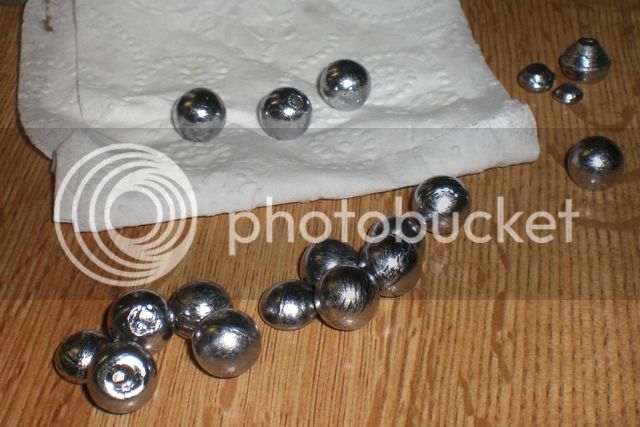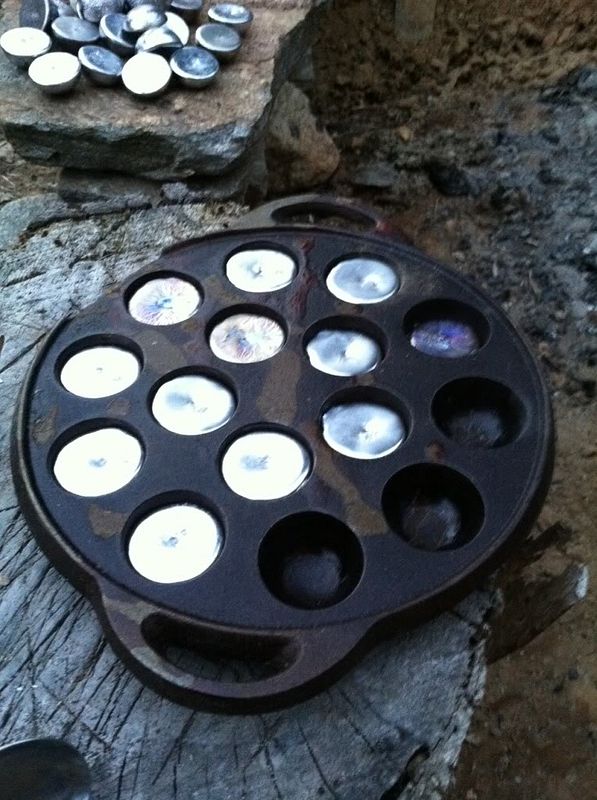As far as using charcoal and rubber propane lines, here's my thoughts.
I doubt that charcoal would produce enough heat unless you had a fan blowing on it. Then the fan would tend to cool off the lead pot so it might be an exercise in frustration.
Go with the propane.
You really need to be able to adjust the heat to keep the lead at the right temperature and with charcoal you can't do that easily.
If your really concerned about the rubber hose, loosely wrap some aluminum foil around it near the stove. Even though the molten lead will be about 750 degrees F, if some of it spills on the aluminum foil, the foil will prevent direct contact and it will conduct the heat of the lead away rapidly and safely.
Getting back to heat, I'm sure you've heard this before but it will take at least two cast balls to heat up aluminum molds before they will start making good castings. With steel molds plan on at least 5 or 6 castings to heat up the molds.
If the balls don't fully form and they are all wrinkly the molten lead was too cold.
If the balls come out with a frosted look the molten lead is too hot.
Have fun while you remember, back in the late 1800's little kids used to cast their "tin" soldiers with molten lead.
Ah, for the good old days when kids could learn from experience and have fun doing it. :grin:
I doubt that charcoal would produce enough heat unless you had a fan blowing on it. Then the fan would tend to cool off the lead pot so it might be an exercise in frustration.
Go with the propane.
You really need to be able to adjust the heat to keep the lead at the right temperature and with charcoal you can't do that easily.
If your really concerned about the rubber hose, loosely wrap some aluminum foil around it near the stove. Even though the molten lead will be about 750 degrees F, if some of it spills on the aluminum foil, the foil will prevent direct contact and it will conduct the heat of the lead away rapidly and safely.
Getting back to heat, I'm sure you've heard this before but it will take at least two cast balls to heat up aluminum molds before they will start making good castings. With steel molds plan on at least 5 or 6 castings to heat up the molds.
If the balls don't fully form and they are all wrinkly the molten lead was too cold.
If the balls come out with a frosted look the molten lead is too hot.
Have fun while you remember, back in the late 1800's little kids used to cast their "tin" soldiers with molten lead.
Ah, for the good old days when kids could learn from experience and have fun doing it. :grin:







